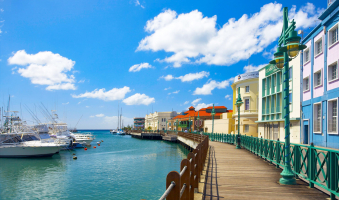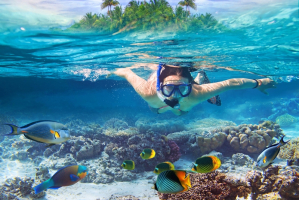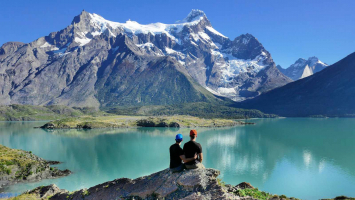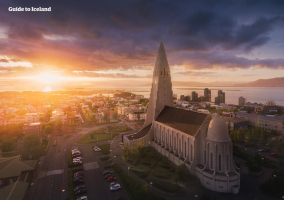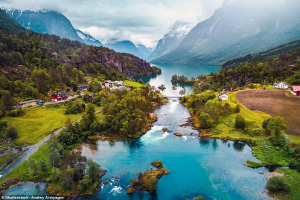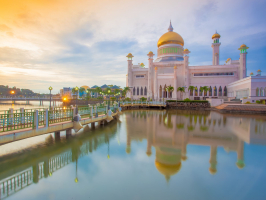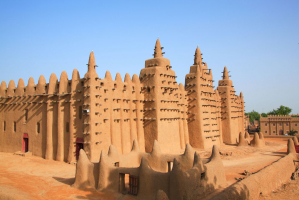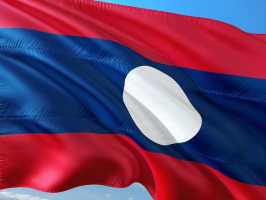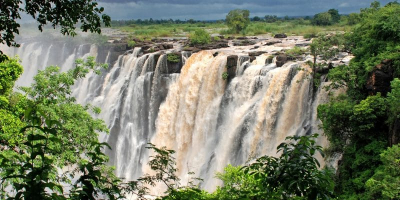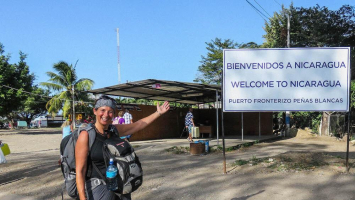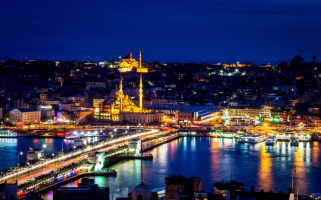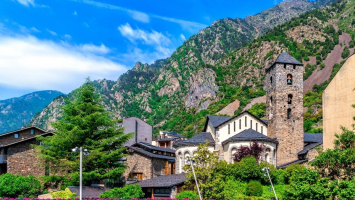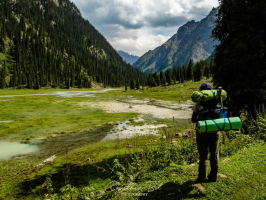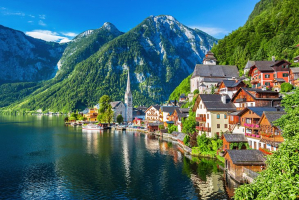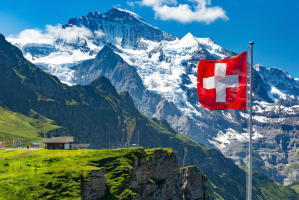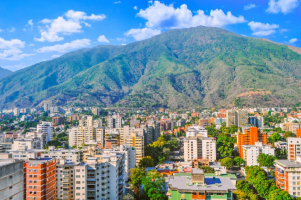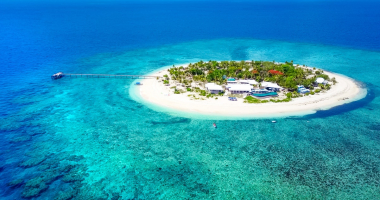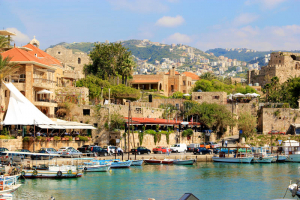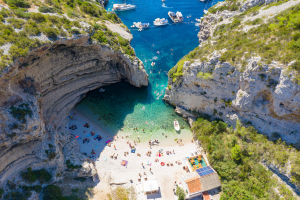Top 8 Things About Poland You Should Know
When you think about Poland, you may envision breathtaking natural vistas, ancient landmarks, and plenty of tasty pierogi dumplings... But Poland is much more ... read more...than meets the eye. With these facts about Poland, you may learn more about this intriguing country and wow your friends with your new trivia knowledge. Here are some things about Poland you should know.
-
Krakow is a lovely medieval city with a central market square, cobblestone streets, gorgeous buildings, and a plethora of stories. But it is much more than that, and its fascinating layers were gradually exposed to us as we visited the city.
Kraków, a city with gorgeous architecture, fantastic food, and enthralling history, has an evocative ambiance that cannot be matched. Discover the mysteries of this interesting one-time capital with a tour of the Old Town, the Jewish Quarter (Kazimierz), and the Kraków Ghetto. The majestic main square, the Rynek Gówny - Europe's biggest medieval town square – remains intact to the contemporary day, despite the physical wartime damage to the rest of the nation. Kraków's wounds, however, endure, their scars represented in the devoted monuments and memorials located around the city. The huge metal chairs that dot the Ghetto Heroes Square are particularly somber, each commemorating the lost souls of a thousand Kraków Jews.
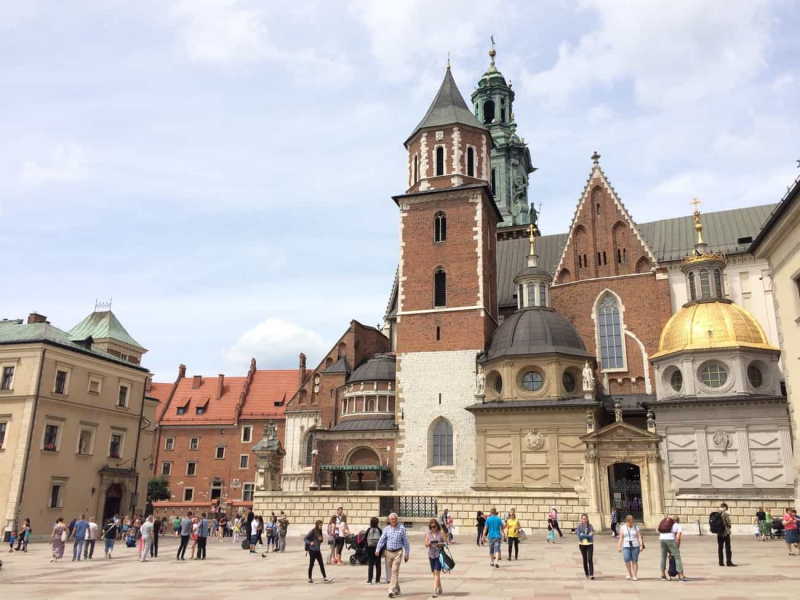
onyourdays.co.uk 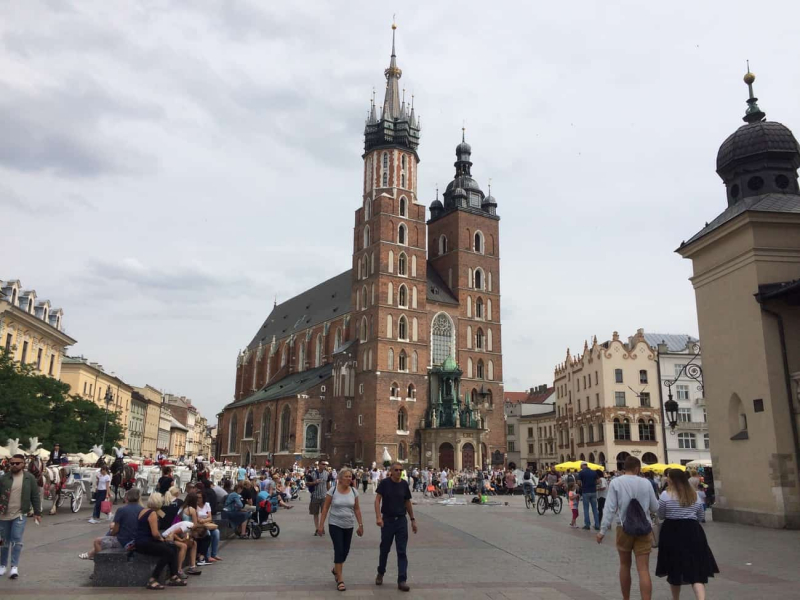
onyourdays.co.uk -
The Royal Castle has Rembrandt and Canaletto paintings, the interactive Warsaw Rising Museum tells the experiences of Warsaw residents who battled the Germans during WWII, and the POLIN Museum explores the rich, 1000-year history of Polish Jews. There are hundreds of museums and galleries to visit in Warsaw. This is one of the things about Poland you should know and experience
The world-class museums in Warsaw provide accessible and fascinating education on a topic that touches us all. The Warsaw Rising Museum depicts the events surrounding the city's tragic rebellion against the occupying Germans in 1944, while the POLIN Museum of the History of Polish Jews examines the Jewish people's 1000-year history in Poland. These high-tech settings request that you take your time as you navigate an enthralling variety of music, light, and video to absorb the events of a deeply terrible past. The trip provides a unique contextual understanding of these situations, as well as a deep connection to the previous and current residents of this tenacious city.
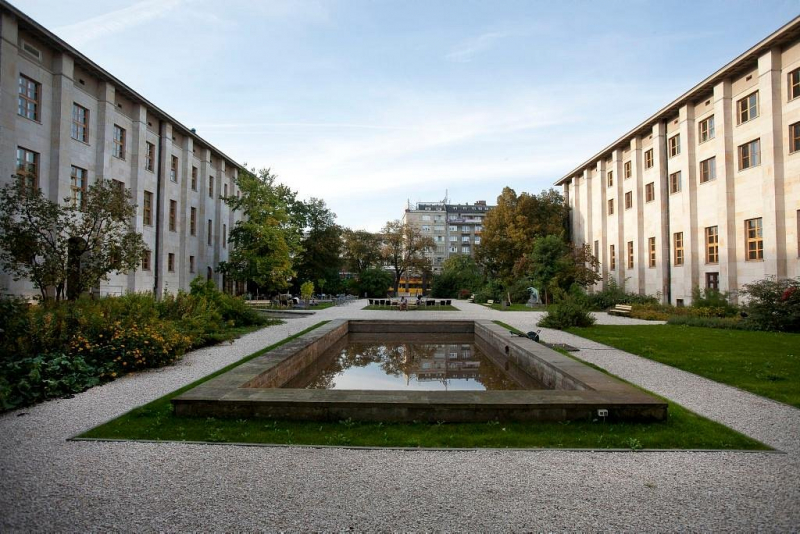
tripadvisor.com 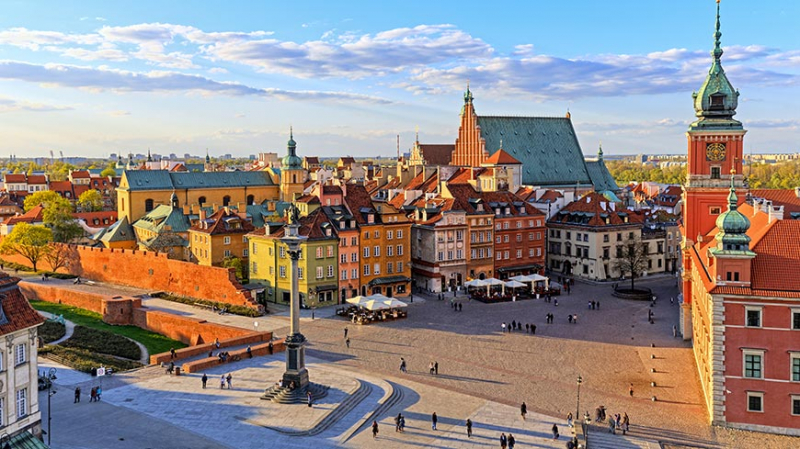
coe.int -
The city is located on the southern side of Gdansk Bay, in a conurbation with the city of Gdynia, the resort town of Sopot, and suburban villages; together comprise the Tricity (Trójmiasto), which has a population of around 1.5 million people. Gdansk is located near the mouth of the Motawa River, which links to the Leniwka, a branch of the Vistula River delta that drains 60% of Poland and connects Gdansk to the Polish capital, Warsaw.
It isn't easy to imagine a more beautiful harbor than Gdansk on the Baltic. The charming alleyways of Old Town and the gorgeous gardens of Malbork Castle are reason enough to travel north, but the aesthetics are only the beginning. Gdansk thrived in the Middle Ages as a trading connection between the interior and the rest of the world. It has also played a significant part in recent history, acting as a vital symbol of resistance both to the Germans in 1939 and to the Soviets in 1980. A visit to the Museum of WWII and the interactive European Solidarity Centre will give excellent portrayals of these pivotal events from a local viewpoint.
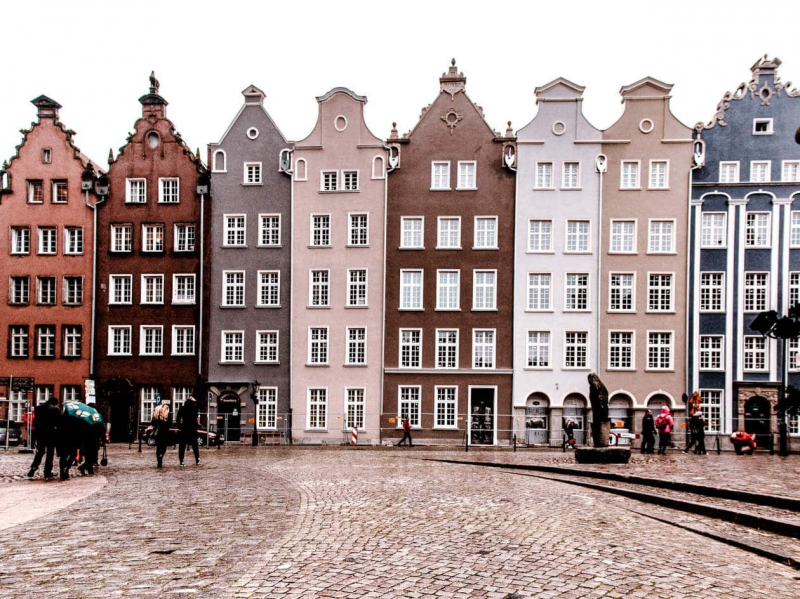
hellojetlag.com 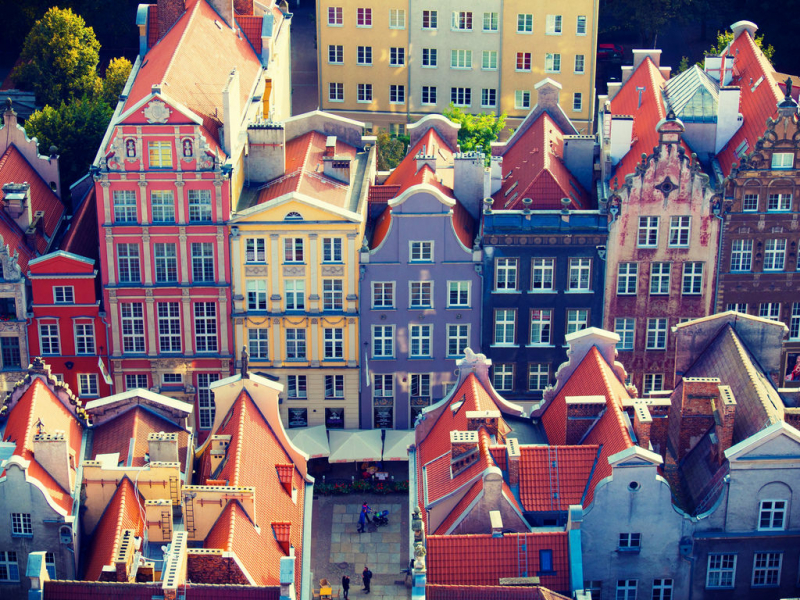
euobserver.com -
Poles like vodka and one of the pleasures of traveling abroad are joining in with the natives. Clear vodkas, such as top-tier Wyborowa and Belvedere, are sipped frosty and neat, although Poles also like to explore. Winiówka has a cherry flavor, is sweet, and is quite easy to overindulge in. Ubrówka, a rye-based vodka flavored with bison grass from Biaowiea, is more appealing, especially when blended with apple juice. Another popular dish is odkowa Gorzka, a sweetish, amber-colored mixture flavored with nutmeg and said to be healthy for the stomach. Not sure where to start? Order a sampling plate from the professionals. And, of course, all of the traditional and contemporary favorites are available, from craft beer to Prosecco and sophisticated cocktails.
- In Poland, drinking is a social event; always bring a bunch of people with you to share your vodka.
- Poles do not drink vodka in a cocktail or with a mixer. In fact, traditionalists see these acts as almost unlawful. Vodka is often consumed plain, cold (but without ice), and in quantities of 50ml.
- The most typical toast is na zdrowie (pronounced 'naz-dro-v-yeh,' which translates as 'to health.'
- Regardless of size, vodka is always consumed in one gulp or 'do dna' ('to the bottom').
- Drinks are refilled promptly, so take some time between toasts to sip some water or have a Polish snack like pickles or sausage.
- Be warned: if you're a guest at someone's home, your host will expect you to drain the bottle before leaving.
- Drink with caution! Never try to out-drink a Pole unless you're Russian. Sip your drink in stages or miss a few turns.
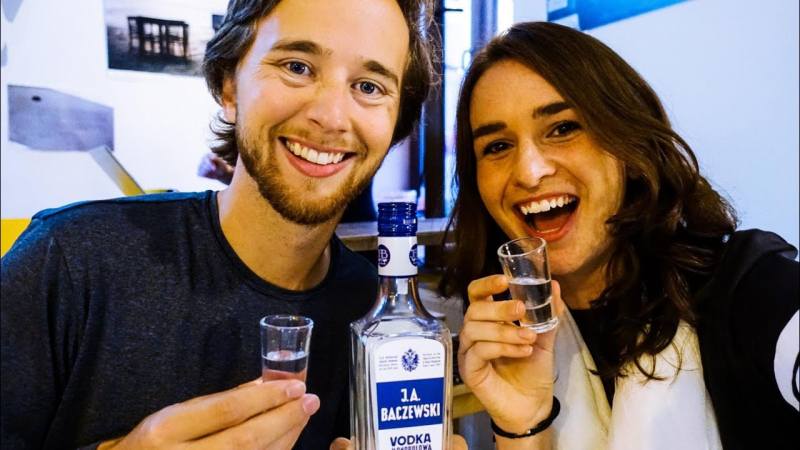
youtube.com -
Polish food is more than dumplings and stuffed cabbage, and the usual dinner is neither dull nor predictable. In the last half-century, the world has opened up to Poland, and Polish chefs have challenged themselves to adapt classic dishes using novel ingredient combinations and techniques of preparation.
The charm of Polish food typically rests in the unique combinations, side dishes, and spices accompanying the main hero, such as beetroot and buckwheat, apples, onions, and mushrooms plucked fresh from the forest. Soups like zurec (rye sour soup) and barszcz (borscht) are popular, as are dumplings (pierogi), which are eaten boiled or fried with contents ranging from basic cheese to duck meat. If robust beef and goose meals with sauerkraut and gherkins don't appeal to you, there are a surprising number of foreign alternatives, as well as special dietary cafés in major cities. The selection of fresh and tasty salads is arguably most striking, but don't leave without sampling zapiekanki — an open-faced sandwich and popular street cuisine.
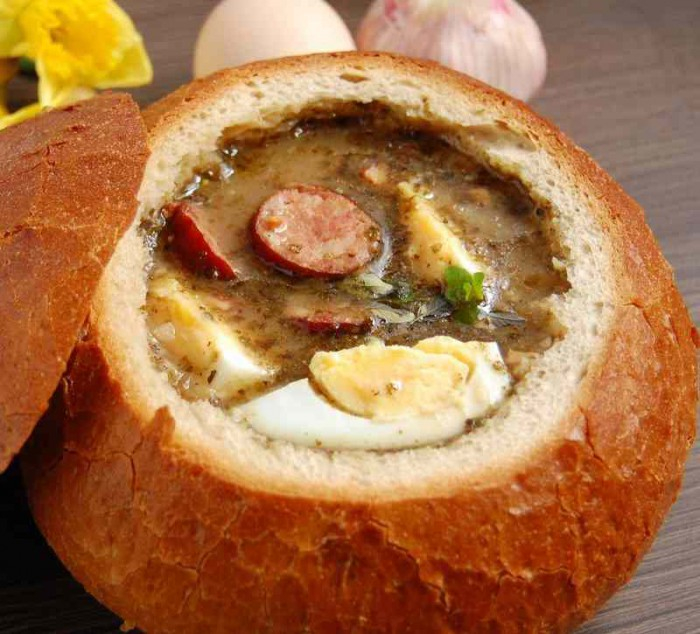
discovercracow.com 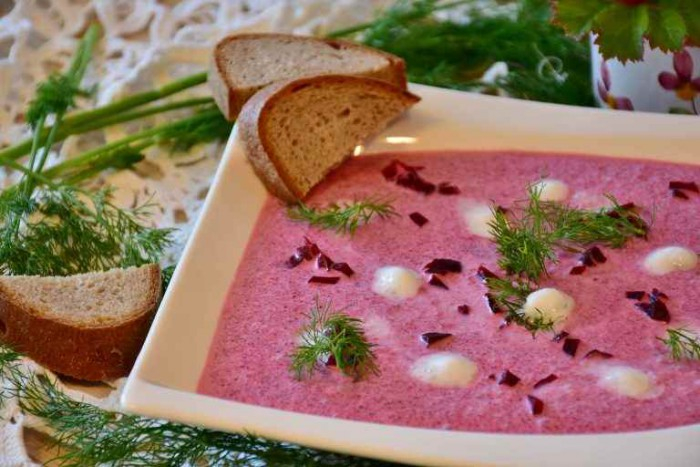
discovercracow.com -
While the cities are the main appeal, the country's national parks are definitely worth a visit. The twenty-three protected areas provide the most beautiful landscapes and outdoor adventure options. Whether a tourist wants to trek in solitude, see species in their native habitats, or learn about the country's history, the parks provide an amazing opportunity to do so. Each one is exceptional, but the most appealing and popular ones are true wonders that should be seen by nature enthusiasts. It's definitely is one of the things about Poland you should know.
Poland has various national parks, several of which are designated as Biosphere Reserves or World Heritage Sites. These conserved and protected tracts of land dot the country and have unique delights to behold. Biaowiea National Park has Europe's biggest original old-growth forest as well as various reserves of one of Poland's national animals, the European bison. Sowiski National Park on the Pomeranian coast is known for its changing dunes and consists primarily of small lakes shut off from the sea, providing a perfect home for over 250 bird species. Others have strange rock formations, sprawling meadows, and historic castles.
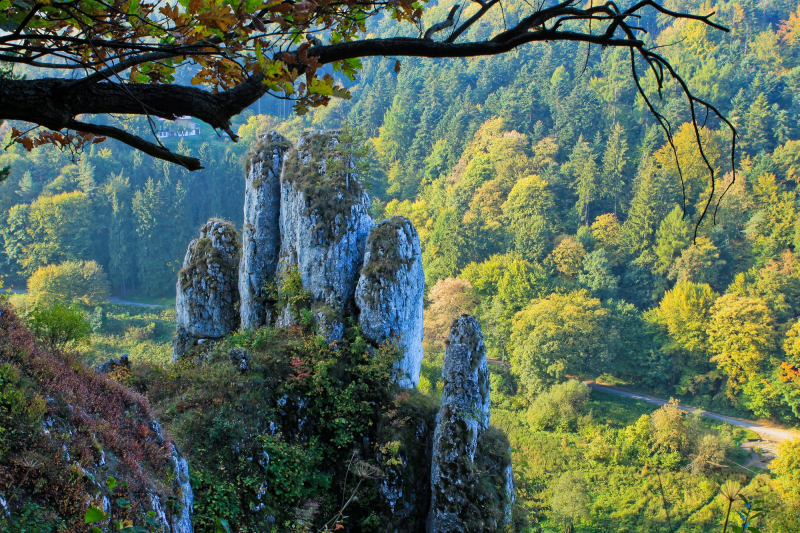
inyourpocket.com 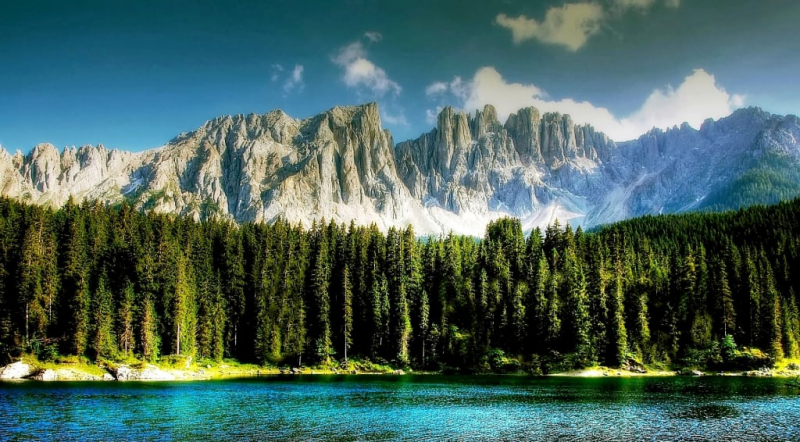
worldpackers.com -
Poland is well-known for its flatness. That is until you reach the country's far south. The Carpathians, a thin series of mid-sized mountains that traverses the length of Poland's border from Germany to Ukraine, are located there. The Karkonosze mountain range in the southwest is great for mountain riding, while Zakopane, south of Kraków and at the foot of the Tatras, is known for its skiing. Because of the region's remoteness, this 'lost corner' has been able to conserve its traditional folkways better than most other sections of the country. This is one of the things about Poland you should know.
If you want an active holiday, the Carpathian Mountains have everything you could want. Everything from picturesque treks in the highlands overlooking little towns to dangerous sports like rafting over swift rivers. It's surprising that the Carpathian Mountains aren't more well-known as a tourist destination in Western Europe. Prices are modest, and the options are numerous, both for adrenaline addicts and families that simply want to appreciate the beauty of nature.
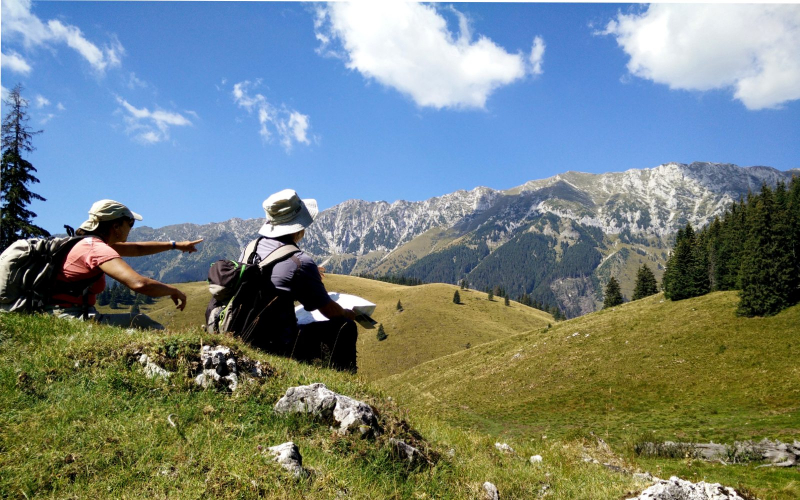
romania-active.com 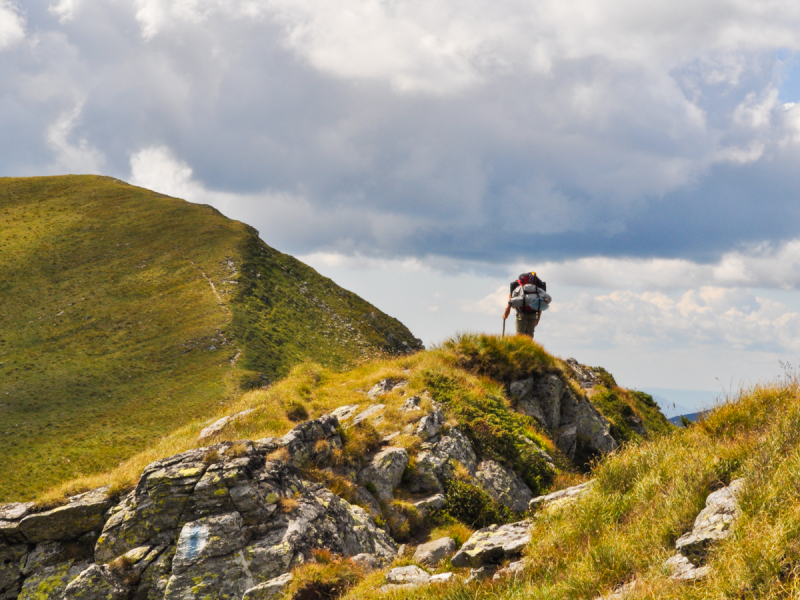
romaniatourstore.com -
East of Olsztyn, the Great Masurian Lake region (Kraina Wielkich Jezior Mazurskich) is a green country of undulating hills studded with innumerable lakes, healthy tiny farms, scattered patches of woodland, and small villages. The region is centered around Lake Niardwy (114 square kilometers), Poland's largest lake, as well as Lake Mamry and its surrounding waters (an additional 104 sq km). Water covers more than 15% of the land area, while forest covers the remaining 30%. Sail the Great Masurian Lakes is one of the things about Poland you should know.
Poland's northeast includes a large region of little-known, interconnected lakes and rivers. Boaters from all over come to try their luck on Lake Niardwy or Lake Niegocin, or to paddle the picturesque Krutynia River, from the first blossoming of the trees in May until the changing of the leaves in October. The towns of Giycko and Mikoajki are ideal starting points for sailing, cycling, and paddling excursions.
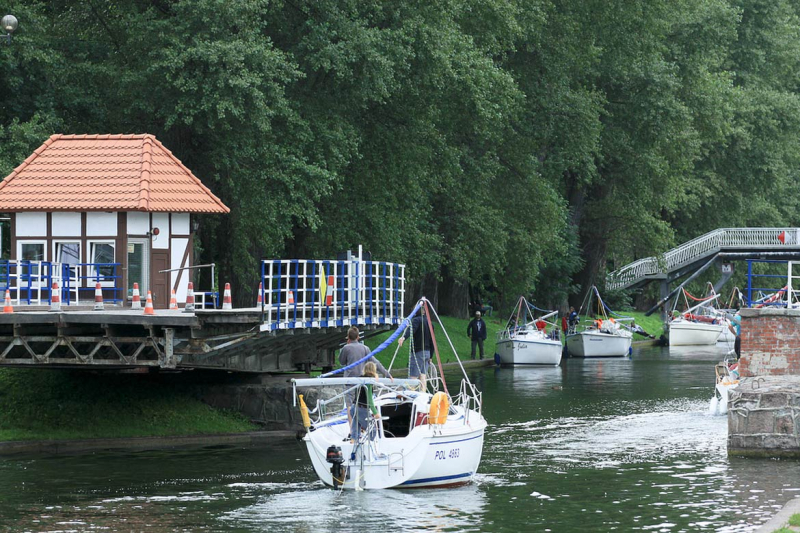
poland.travel 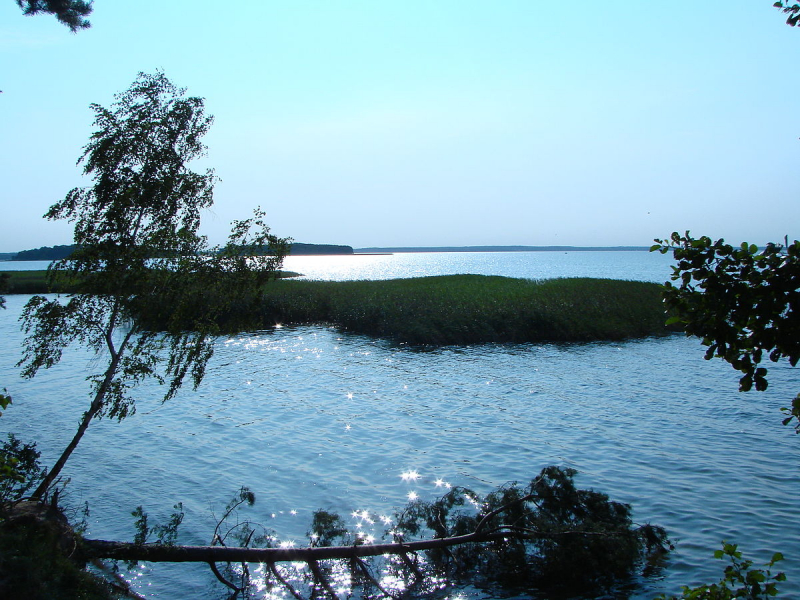
en.wikipedia.org










